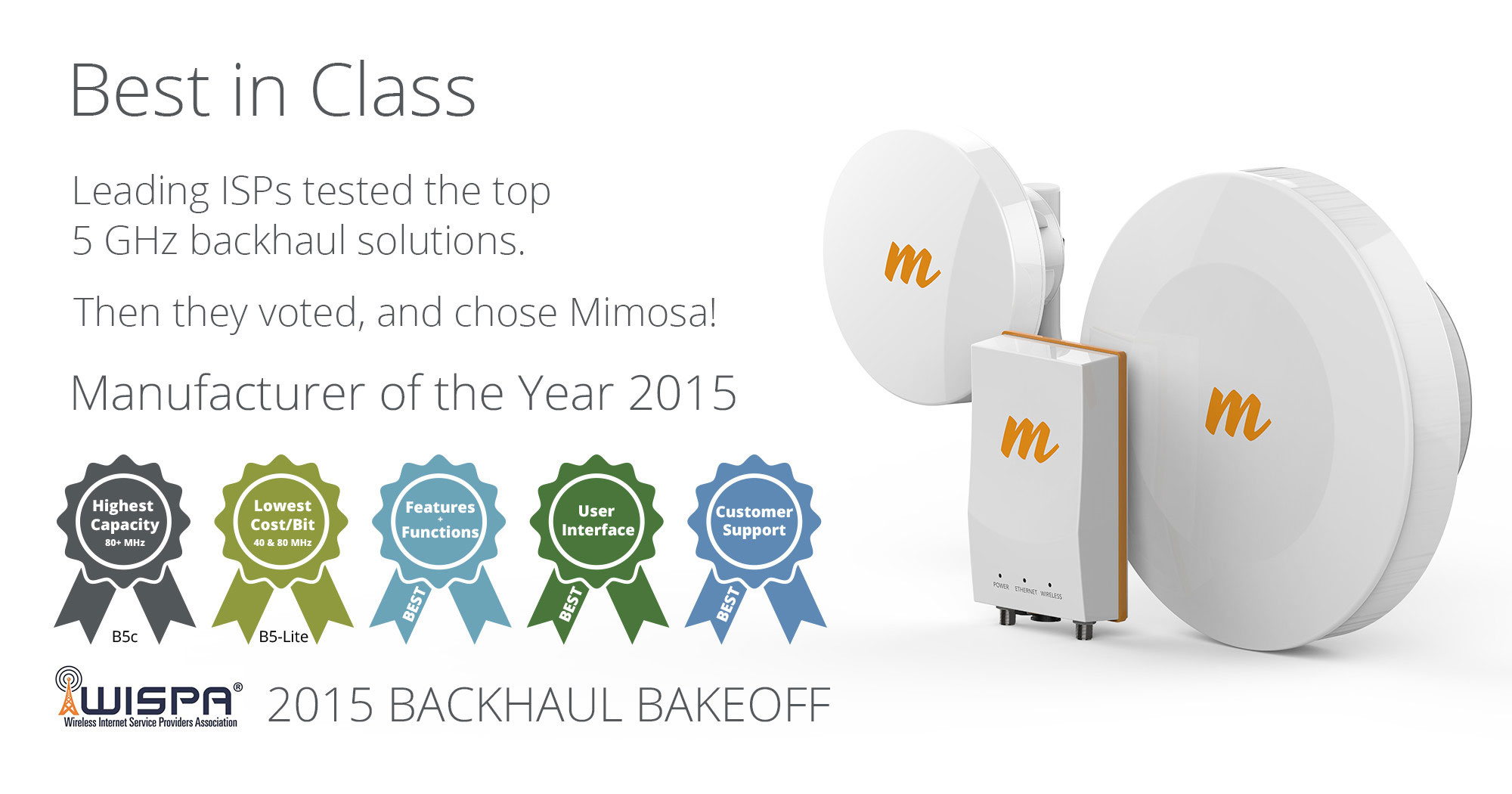Demystifying Antenna Polarizations
The use of dual polarization antennas has become common in wireless communications. Traditional radio equipment often utilized single polarization antennas, so the move to dual polarization represents a doubling of potential capacity over the use of a single polarization. This evolution, in conjunction with advances in MIMO processing, mean it's time to update some of the misconceptions about the impact of antenna polarizations in a wireless system.
